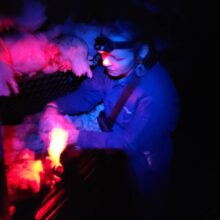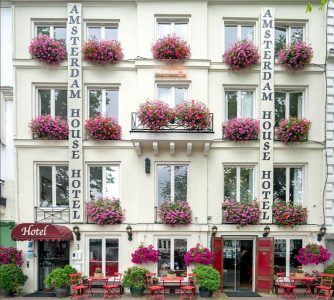Last night we checked and assisted with the catching of spent-hens at a laying-hen farm in the Netherlands from Kipster. Most of the catchers were polite and listened to our tips and got into a gentle flow.
What really helped is that not all hens were caught in just one night- instead they caught and loaded 12,000 birds per night spread out of a couple of different nights. This number ofhens, 12,000, is much more reasonable and manageable to catch and load compared to farms of 25,000 and more birds that want all their birds to be caught in one go. It meant the farmonly needed to hire one catching team and not also catchers from a second catching company too. Mixing of 2 catching companies is not always desirable (different way of working, difficult communication due to catchers often speaking a different language, not used to working in teams with eachother…). As well, the catchers seemed to work better throughout the evening, perhaps they remained calm as they knew it would not be too intense or long.

The farmer tonight had also closed-off access to the nest boxes and the floor underneath the aviary installations. These are areas that are very difficult to access birds to catch and load them. This made catching tonight much easier and calmer than previously. Most often 2 birds could be caught at a time upright tonight as they were close together in the reduced accessible space and most birds were sleeping up until the moment of being caught. Not being held upside down also resulted in the birds making less noise and exhibiting less frequent escape attempts to get out of the crates once they were placed inside them. We would like to thank the farmer and the catching team for taking gentle upright-catching seriously and for doing their best.

